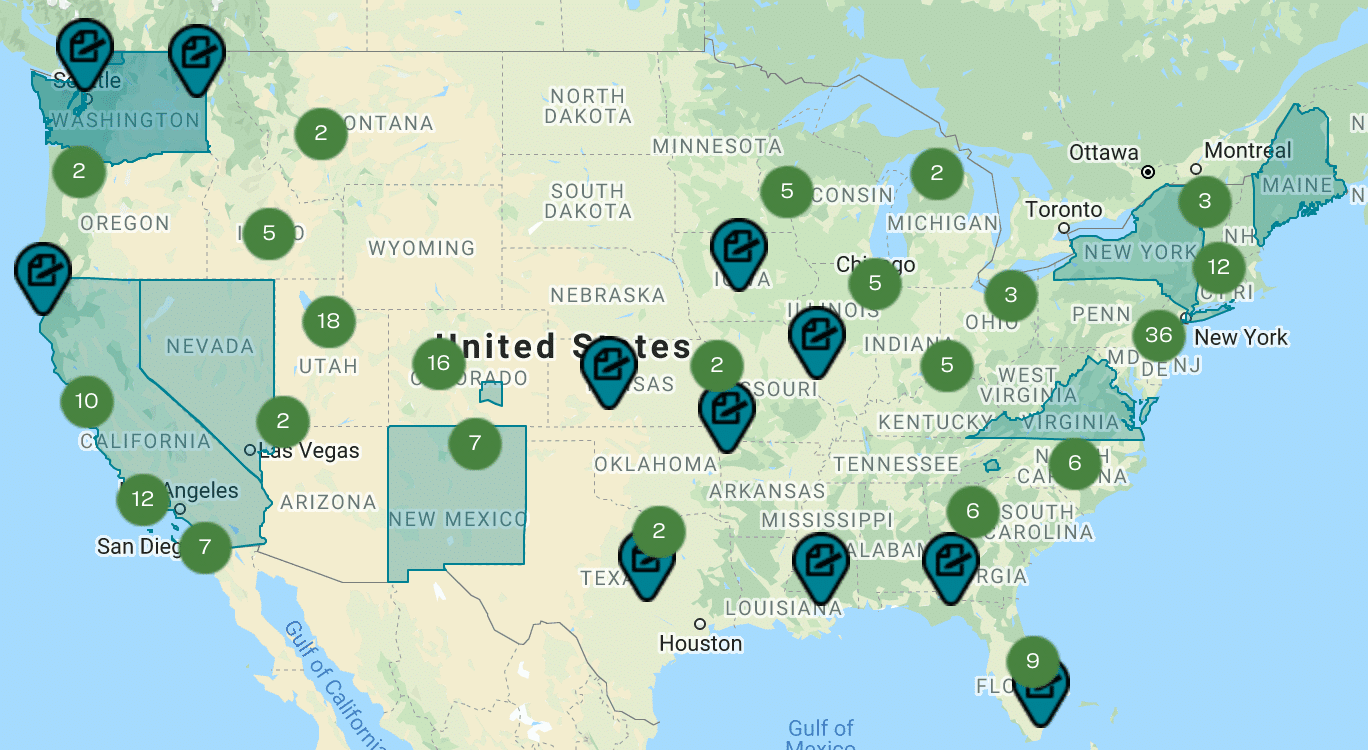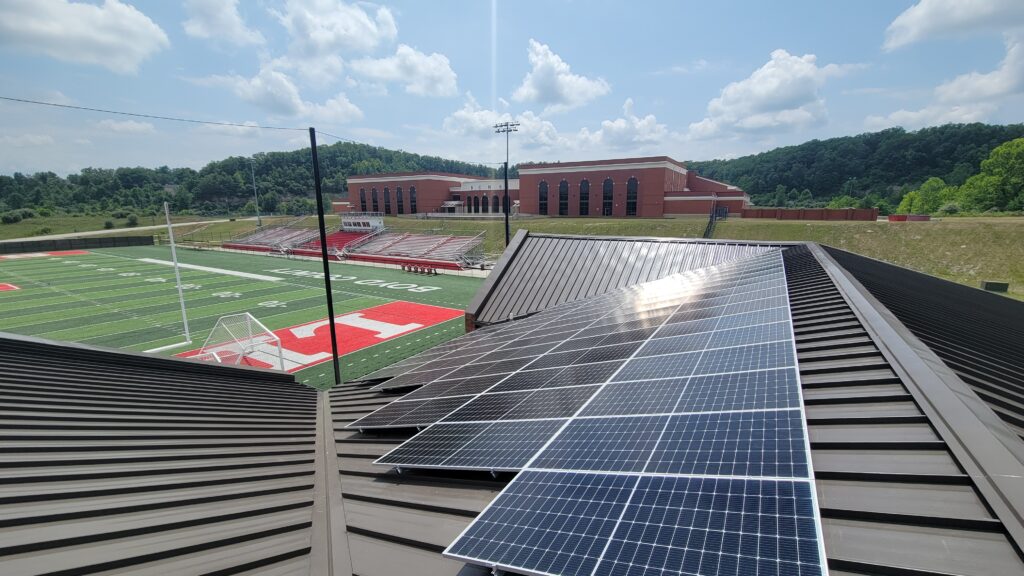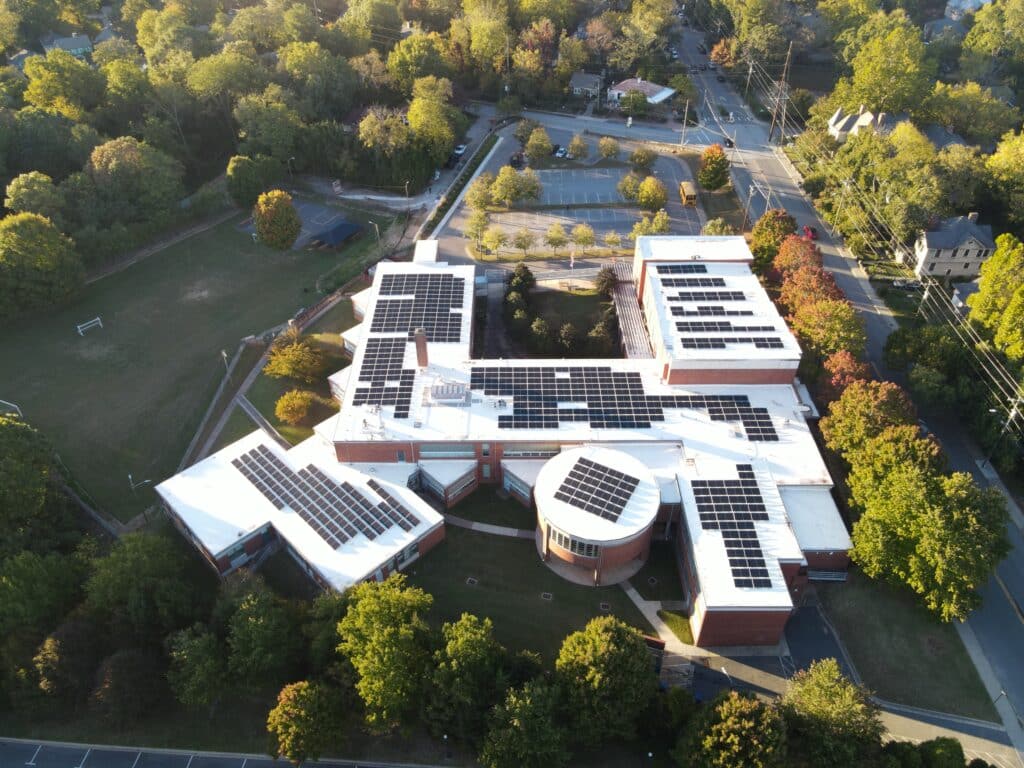Contrary to what your doomscroll-prone social media algorithms may be feeding you, there was a heartening glimmer of good climate news earlier this year. California’s electric grid reached almost 95% renewable energy: a record. The April 24 achievement came with a few asterisks—it lasted only a few seconds, and it didn’t cover the whole state. Still, it was a glimpse of this 100% clean energy future that we keep hearing about, one that sometimes feels more like shaky pledges than an imminent reality.
Happily, California’s renewable energy milestone is not that unique. Germany set a similar record a few years ago, maintaining a clean energy peak for several hours. China’s Qinghai province powered itself entirely on renewables for a week in 2017. South Australia has proven it can generate more than enough solar power to meet residents’ demands on a regular basis. Costa Rica has been running on nearly all clean electricity for years now, and so has the city of Burlington, Vermont. It’s gotten to be kind of a thing.
But why can’t California and other places do this all day, every day?
When you read about a place running on 100% clean energy, typically this refers to electricity. Which makes sense— If you want to make a big dent in planet-warming emissions, after all, the power sector is a good place to start. Forty percent of the world’s greenhouse gases come from burning coal, gas, and oil to keep the lights on, essentially.
Forty percent of the world’s greenhouse gases come from burning coal, gas, and oil to keep the lights on
So when California approached 95% percent renewable power last spring, it’s not as if its grid suddenly transformed from a pumpkin (with all due respect to lovers of pumpkin spice everything) to a green stagecoach, vanquishing fossil fuels along the way. California “was also burning a bunch of natural gas and exporting electricity to its Western neighbors,” noted a column in the Los Angeles Times. “It’s impossible to say exactly how much of the Golden State’s own supply was coming from renewables.”
Then what does it mean to be running entirely, or almost entirely, on clean energy? In California’s case, it simply meant the amount of renewable electricity (mostly from wind and solar) being generated was nearly enough to meet the amount of electricity needed to serve customers on that April 24 afternoon. On a recent October day, the figure was more like 56%.
It’s easy to imagine why this number fluctuates so much. If you have a sunny, breezy day with relatively mild temperatures, you’re going to have abundant wind and solar output—more than enough to meet the modest demand from customers who don’t need to crank the AC that day. On a cloudy, freezing day, not so much. Maybe there’s less output from renewables and more demand for heating.
You’ll remember from our newsletter a few weeks ago that wonderfully simple supply and demand graph? We want rising supplies of clean energy to meet demand as often and as soon as possible. The many states and cities pledging to achieve 100% clean energy need to achieve this balance, ensuring that zero-emissions sources can meet demand 24-7. How any given location achieves this depends on a variety of factors, including geographical location and the right policies. Iceland, for example, is able to rely on a wealth of underground heat to produce lots of geothermal energy. Costa Rica has a bunch of hydropower built into its clean energy win. California has geothermal and hydropower plants, too, but it also has a much bigger population.
For U.S. states, getting to 100% clean electricity is going to take a combination of actions. We will need to build out renewable energy projects and the transmission network to carry power from, say, outlying wind farms to cities. Energy storage will be needed for times when the sun isn’t shining and the wind isn’t blowing. Utility programs will help manage highs and lows of demand by rewarding customers for shifting their energy use to off-peak times—something increasingly possible, thanks to smart and programmable appliances. Power markets must be redesigned to reward zero-emissions sources.
It sounds complicated—and it is. But what we do know is that it’s achievable. After all, more than 100 cities around the world already get at least 70% of their electricity from renewable sources. And climate scientists have produced multiple studies showing how country after country could be running on clean energy. This research, along with the many real-world examples, shows us that with investment and political will, the U.S. and other countries can make good on their 100% clean energy pledges, at least as far as the grid goes.
















